Physical Address
304 North Cardinal St.
Dorchester Center, MA 02124
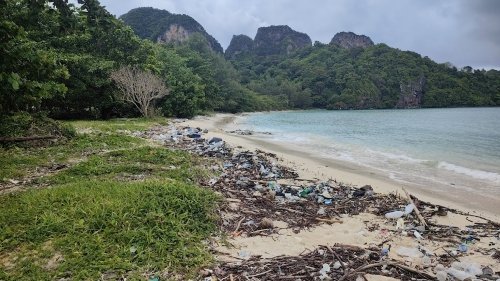
Plastic-Free Southeast Asia Packing List (Airline-Approved)
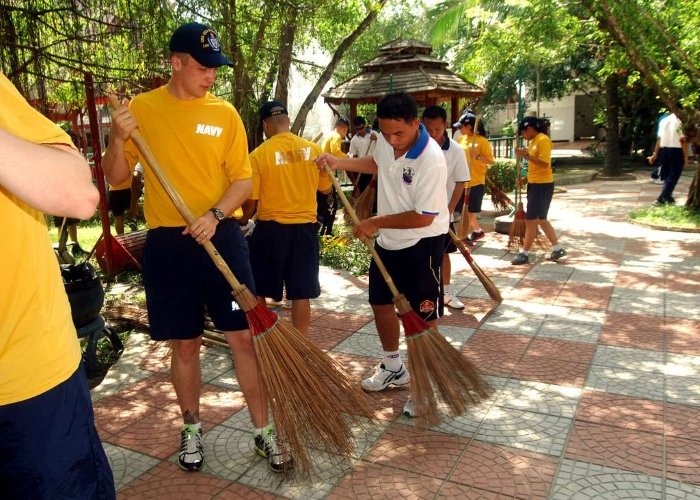
Southeast Asia-clean
Meta Description:
Discover your plastic-free Southeast Asia packing list for an eco-friendly adventure. Includes airline-approved essentials, sustainable travel tips, and budget-friendly hacks for families and solo travelers.
Imagine this: the warm, humid breeze of Southeast Asia on your skin, the melodic call to prayer echoing from a distant mosque, the vibrant chaos of a local market swirling around you. You’re not just visiting; you’re immersing yourself in a tapestry of cultures, flavors, and landscapes. But how do you explore this incredible region responsibly, especially when aiming for a plastic-free adventure?
This isn’t just about feeling good (though that’s a huge part of it). It’s about protecting the very beauty you’ve come to experience. Southeast Asia’s beaches, jungles, and cities are grappling with plastic pollution. By packing smart and choosing sustainable alternatives, you become part of the solution. And the best part? Going plastic-free doesn’t mean sacrificing convenience or breaking the bank. In fact, it often leads to discovering hidden gems and local favorites that are off the typical tourist radar.
Whether you’re planning ideas for family holidays, a romantic honeymoon getaway, or a solo quest to uncover undiscovered paradises, this guide is your roadmap. We’ll walk you through an airline-approved plastic-free Southeast Asia packing list that’s perfect for all budgets, especially medium and low-budget travelers. Forget cookie-cutter checklists. This one is designed to help you find secret havens, enjoy authentic experiences, and book those cheap flights and budget-friendly hotels without compromising your eco-friendly goals. Let’s dive in and discover how to pack light, travel right, and leave only footprints.

Go Plastic-Free in Southeast Asia
Southeast Asia is a region of immense natural beauty and biodiversity. From the limestone karsts of Halong Bay to the ancient temples of Angkor Wat, it’s easy to see why it’s a top destination. However, this popularity comes with a cost: significant plastic waste. Countries like Indonesia, the Philippines, and Thailand are among the world’s largest contributors to ocean plastic.
The problem is visible everywhere – from the plastic bags tangled in mangrove roots to the bottles washing up on pristine beaches. By committing to a plastic-free journey, you’re directly reducing this impact. But it’s more than just avoiding straws (though that’s a good start). It’s about making conscious choices that support local communities and preserve the environment for future generations.
Think of it this way: every reusable bottle you fill is a victory. Every bamboo utensil you use is a small rebellion against waste. And every time you choose a local favorite eatery over a chain, you’re investing in the local economy. This mindful approach not only aligns with the principles of cultural experiences and nature & wildlife conservation but also often leads to more meaningful and memorable travel stories. You’re not just a tourist; you’re a conscious traveler, discovering treasures undiscovered by the masses.
Packing for a plastic-free trip requires a bit of forethought, but the items quickly become trusted companions. The key is choosing versatile, durable, and lightweight options that meet airline carry-on restrictions.
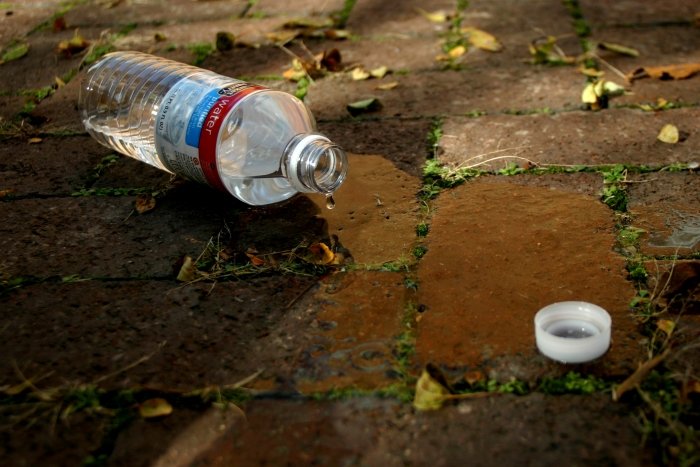
Reusable Water Bottles: Hydration Without the Waste
Staying hydrated is crucial in Southeast Asia’s tropical climate. Buying bottled water constantly creates a mountain of plastic. The solution is simple: a reliable reusable water bottle.
Pro Tip: Many hotels, hostels, and even street-side vendors offer free or cheap water refills. Apps like Refill My Bottle can help you locate these spots. This tiny habit saves money, reduces plastic, and keeps you refreshed.
Liquid toiletries are a major no-go for plastic-free and airline compliance. Solid alternatives are your best friend.
Bonus: Many of these items are actually cheaper than their liquid counterparts in the long run. Plus, they eliminate the risk of a shampoo explosion in your bag!
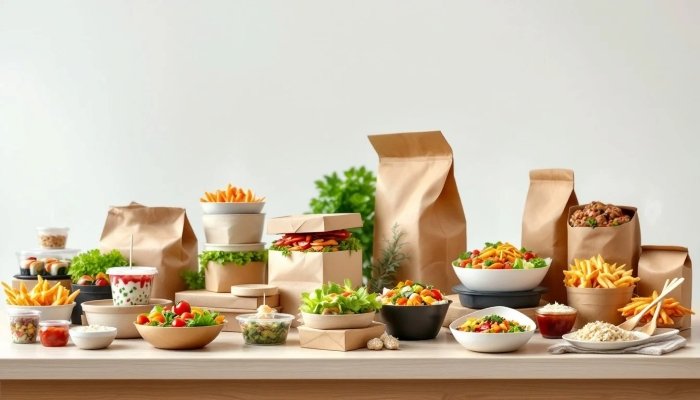
Eco-Friendly Snacks & Food Storage
Street food is a huge part of Southeast Asian culture, but sometimes you need a quick, safe snack or want to store leftovers.
Local Hack: Embrace the abundance of fresh fruit! Buying bananas, mangoes, or dragon fruit from a street vendor often comes with zero packaging. Just enjoy it on the spot.
Southeast Asia is a shopper’s paradise, but plastic bags are everywhere. Come prepared.
Cultural Note: In many markets, refusing a plastic bag might be met with surprise initially, but bringing your own bag shows respect for the environment and is increasingly appreciated.
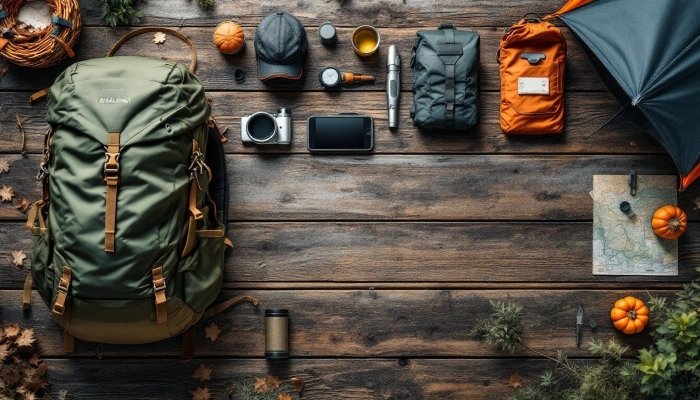
Travel Gear That Cares
Beyond the basics, a few specific items can elevate your plastic-free game.
Sustainable Swap: Instead of buying a new travel pillow, consider an inflatable one made from recycled materials, or use a rolled-up sweatshirt.
Contrary to popular belief, traveling plastic-free in Southeast Asia can actually save you money. Here’s how to keep costs down while being kind to the planet:
Money-Saving Plastic-Free Hack: Invest in a good water bottle and a small first aid kit. These prevent you from buying overpriced bottled water or convenience items at tourist traps.
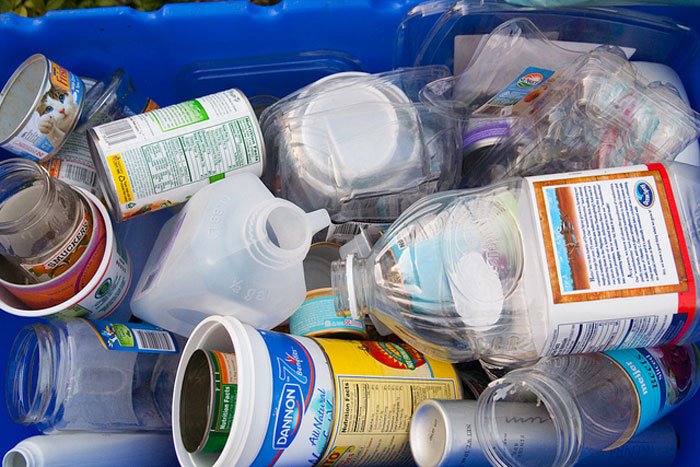
naturally reduce your plastic footprint
One of the joys of plastic-free travel is that it often pushes you off the beaten path. Big resorts and chain restaurants rely heavily on single-use plastics. By seeking out local favorites and hidden gems, you naturally reduce your plastic footprint and gain richer experiences.
Personal Story: On a trip to rural Laos, I stumbled upon a small noodle shop recommended by my guesthouse owner. The broth was incredible, served in a ceramic bowl, and the owner used metal chopsticks. It cost less than a dollar and left zero plastic waste – a far cry from the plastic-wrapped “convenience” food I might have bought otherwise.
Southeast Asia is incredibly diverse, but there are some universal etiquettes to keep in mind, especially when trying to travel sustainably:
Cultural Insight: In many Buddhist countries, generosity and mindfulness are highly valued. Your effort to travel sustainably aligns beautifully with these principles, often leading to warmer interactions with locals.
Southeast Asia is vast. Planning a route helps you maximize your time and minimize backtracking – which is good for your budget and the environment.
Pro Planning Tip: Use tools like Rome2Rio or Google Maps to plan transport. Consider flying between major hubs (book cheap flights in advance with Travel Go Easy!) and using buses or trains for shorter distances. Our Planning Travel Trips and Planning Tourist Routes guides offer detailed itineraries.
Traveling with kids? It’s entirely possible to keep it green and enjoyable.
Family Hack: Let the kids carry their own reusable water bottle. It gives them ownership and responsibility, and they love it!
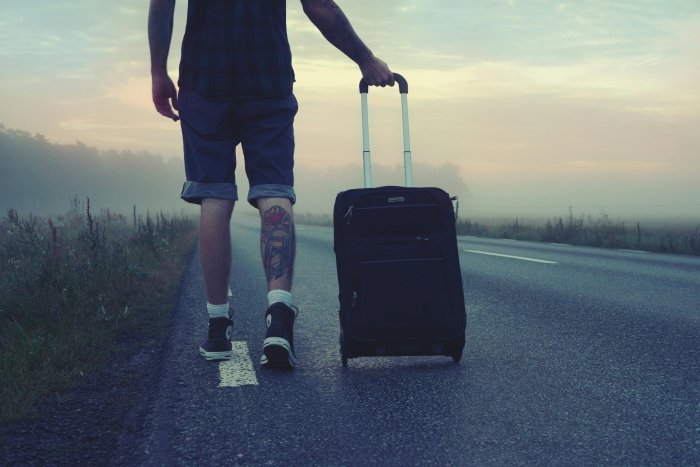
Solo Traveler Hacks for a Greener Journey
Solo travel offers maximum flexibility – use it to your eco-advantage.
Solo Insight: Traveling alone means you only have to please yourself. Embrace the opportunity to seek out those secret havens that aren’t on every guidebook list. You might just find your own personal undiscovered paradise.
Traveling plastic-free through Southeast Asia isn’t just a trend; it’s a necessary step towards preserving the incredible beauty and culture of this region. It’s about making mindful choices – choosing a reusable bottle over a single-use one, supporting a local market vendor who wraps your fruit in a banana leaf, or booking a stay that aligns with your values.
This journey isn’t always perfect. You might forget an item or encounter a situation where plastic seems unavoidable. That’s okay. The goal is progress, not perfection. Every small step you take makes a difference. By packing smart, planning thoughtfully, and traveling with respect, you transform your vacation into a force for good.
So, as you zip up that pack filled with your eco-friendly essentials, remember: you’re not just preparing for a trip. You’re preparing to discover treasures undiscovered, connect with cultural experiences on a deeper level, and perhaps even find that secret haven that becomes the highlight of your entire journey. Safe travels, and may your adventures be as green as they are grand.
Ready to book your eco-adventure? Find cheap flights and budget-friendly hotels that fit your sustainable travel style with Travel Go Easy . Your next unforgettable journey starts here.
Q1: Is it really possible to travel completely plastic-free in Southeast Asia? A1: Completely zero plastic is extremely challenging, but drastically reducing it is absolutely achievable. The goal is to minimize your impact as much as possible. Focus on the big items like water bottles, bags, and toiletries.
Q2: What are the best reusable water bottles for Southeast Asia’s climate? A2: Stainless steel or glass bottles are great for durability. Collapsible silicone bottles are excellent for saving space. Consider one with a built-in filter if you’re unsure about water sources.
Q3: Are solid toiletries effective and easy to find? A3: Yes, they are highly effective and often last longer than liquids. While you can buy them before you travel, you might also find locally made options in countries like Thailand or Indonesia.
Q4: How can I find plastic-free food options? A4: Look for street food vendors who cook to order and serve on ceramic or banana leaf plates. Ask for “no plastic” when ordering. Local markets are also great for fresh, unpackaged produce.
Q5: What should I do if I can’t avoid plastic in certain situations? A5: Don’t stress! Do your best. Accept the plastic item, dispose of it properly in a bin if available, and focus on making better choices the next time. Every effort counts.
Q6: Are there any apps to help me find water refill stations or eco-friendly businesses? A6: Yes, apps like Refill My Bottle help locate water stations. Research local eco-initiatives or look for certifications on businesses.
This article is protected by copyright and is exclusive to travelgoeasy.net. Any unauthorized reproduction or use is strictly prohibited.
Traveling plastic-free through Southeast Asia isn’t just a trend; it’s a necessary step towards preserving the incredible beauty and culture of this region.




